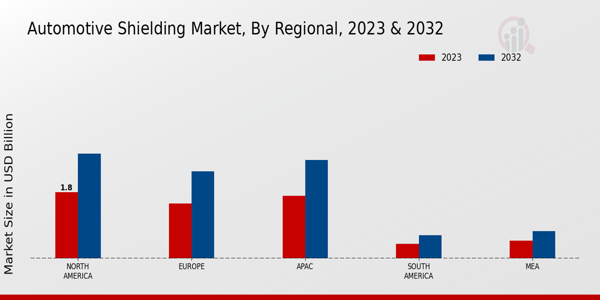Market Analysis
In-depth Analysis of Automotive Shielding Market Industry Landscape
The Automotive Shielding Market is a specialized industry that plays a vital role in improving the appearance, safety, and efficiency of automobiles. The growing demand for crossover and electric cars is one of the key factors propelling the market's growth, as it has led to a surge in the use of innovative shielding arrangements. These configurations are essential for reducing radio-frequency interference (RFI) and electromagnetic impedance (EMI) in electronic components, ensuring the proper operation of sensitive systems within automobiles. The incorporation of lightweight and excellent performance shielding materials in cars has been made necessary to comply with these regulations, addressing issues related to environmental impact and friendliness. This has created a severe situation where businesses try to provide cutting edge solutions. The ongoing advancement of automotive innovations, such as autonomous driving and linked automobiles, has fuelled desire in state-of-the-art shielding measures notwithstanding administrative conflicts. The increasing complexity of in-car electronics and the growing reliance on communication innovations necessitate effective electromagnetic shielding to prevent impedance and ensure the stability of fundamental frameworks. As a result, the constant competition among manufacturers to develop protective plans that can keep up with the rapid advancements in vehicle innovation shapes the market's components. As crashworthiness and tenant assurance come under more scrutiny, automakers are investing in state-of-the-art shielding technologies to enhance safety features. The development of high-strength, lightweight materials that successfully cover vehicles and improve overall security is a prime example of this pattern. Cooperation between suppliers of shielding innovation and automobile producers becomes important as the automotive ecosystem becomes increasingly networked. These organizations strive toward the development of specially designed arrangements that satisfy the unique requirements of different car models and ensure reliable integration. The industry is becoming more and more advanced because of the rise of electric vehicles, growing regulatory restrictions, advancements in automotive technology, financial factors, and an increasing focus on security.
















Leave a Comment